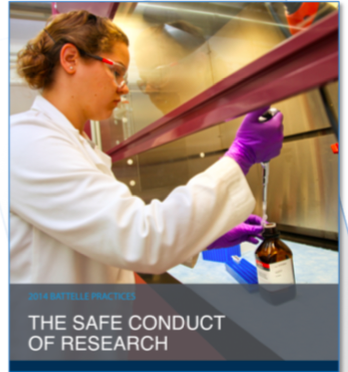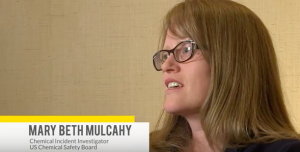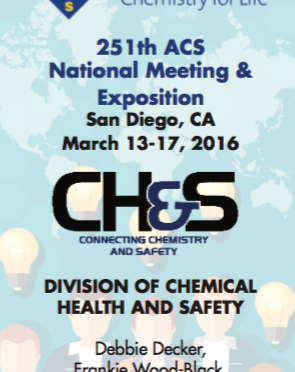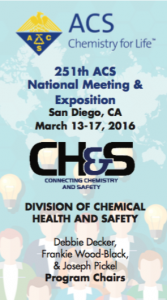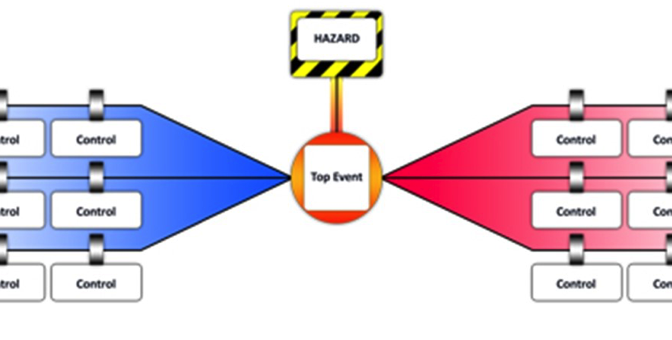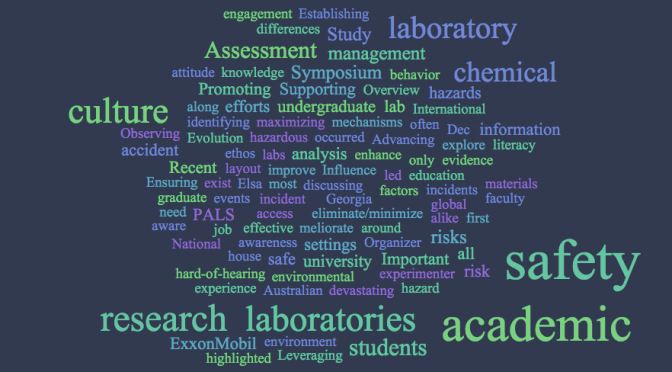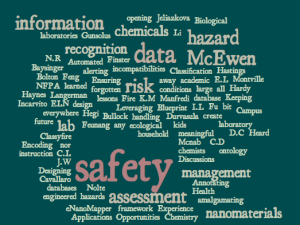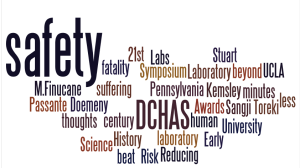The first two half day symposia in the DCHAS program at the ACS national meeting discussed the role of safety culture in the teaching laboratory and the impact of the UCLA and Texas Tech incidents since the Chemical Safety Board report was published in 2011.
Safety Culture Begins in the Classroom: Demonstrations, Awareness, & Pre-Lab Planning
Wild, Wild West to GHS: Reflections on my first year as a general chemistry laboratory coordinator. R. Sansom, M.B. Allen
Safety education for early lab students: How do they learn it before they need it? S.M. Kennedy
Chemical demonstrations: The good, the bad, the ugly. D.A Katz
Resource file: Chemistry Club Demos
Development of demonstrations – a collaborative project between the safety office and teaching assistants. D.M. Decker, J.T. Greenfield
Anatomy of an Incident M.E. Cournoyer
How Texas Tech & UCLA Have Affected Laboratory Safety Nationwide
We better watch out: Prevention beats reparation. K.P. Fivizzani
Digging Deep: the response to cultural issues. K.B. Jeskie
Changing a culture: The accident at Texas Tech, what happened in the next ve years, and why you should develop a culture of safety: thoughts from the department chair at the time. D.j. Casadonte
Developing a chemical safety program from lessons learned. J.H. Wright
Developing standard operating procedures (SOPs) – a tale of a really fun project (really!). D.M. Decker, C.A. Jakober. Related materials: UCD_SOP_Pyrophorics_template and Pyrophoric_Spill_Flowchart_v1.0
Improving safety performance and compliance through web-based tools. D.A. Harvey
